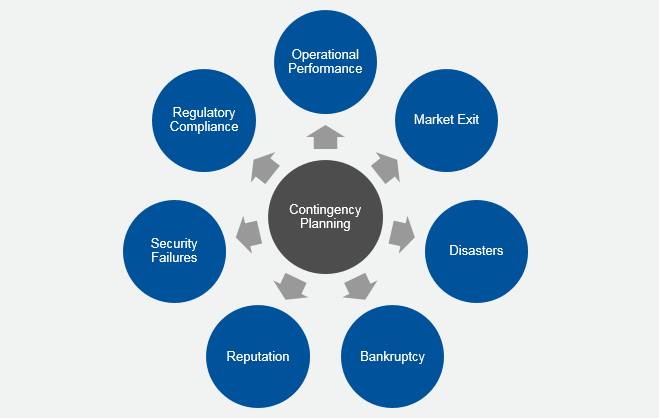One of the many advantages of additive manufacturing is its ability to produce a diverse range of components. With this in mind, Pete Basiliere, Research Vice President of Additive Manufacturing at the U.S. research and advisory firm Gartner delved into the potential for a business contingency plan based on 3D printing and its digital capabilities.
Natural disasters and manufacturing operations
3D printing technology for disaster relief is already an active area of research. For example, the 3D printed delivery drones created for humanitarian aid, yet, according to Basiliere, little is done for the recovery of an organization’s manufacturing operations when the elements are against them.
Last year, Hurricane Harvey wrecked an estimated $125 billion worth of damage on the U.S. mainland, with a significant portion of damage including the impairment of manufacturing equipment. The destruction of factories and machinery caused major corporations to temporarily shut down. Among those enterprises was ExxonMobil, one of the largest oil and gas companies in the U.S. Shut-down occurred due to operational issues and the lack of access to replacement parts.
Suppliers and OEMs may not be able to meet the demand from businesses following natural disasters who desire the same part, neither will they be able to provide a replacement for a custom-made part formerly created by another manufacturer. Thus, as stated by Basiliere, 3D printing presents a modern solution for the production of manufacturing equipment during unforeseen operational disruptions.

Resilience through digital twinning
The concept of a digital twin, digital blueprints of products, components or systems that mirror there physical counterpart, can be used through CAD/CAM processes to rapidly produce client-specific products and parts.
Earlier this year, GE Global Research announced plans to develop digital twin models of metal 3D printed parts for the U.S Navy. Through the digital twinning process, the Navy will depend on GE to accelerate the production of mission-critical equipment.
“Using GE’s Digital Twin technology, we’re aiming to rapidly speed up the time that parts could be re-engineered or newly created using 3D printing processes,” said Ade Makinde, Principal Engineer of Additive Technologies at GE Global Research.
Furthermore, KPMG, a global professional service company and auditor has previously accessed and encouraged the implementation of digital twinning. According to KPMG, a growing amount of manufacturers are integrating its suppliers and customers into a demand-driven supply chain through digital twin concepts. This eliminates the need for organizations to physically stock large industrial equipment and decreases the time spent by senior management identifying parts that need replacing.
By connecting large amounts of manufacturing data, digital twin processes can fabricate parts through both conventional and additive manufacturing.
“The ability of 3D printing to directly or indirectly produce replacement parts offers a stop-gap solution when equipment or components are irreparable due to hazards like seawater, fire, or other physical damage,” said Basiliere.
Moving forward, Basiliere suggested that organizations take advantage of the digital twinning concept by creating and archiving 3D printable files of replacement parts at disaster recovery service bureaus. This will solidify continuous manufacturing operations as original equipment can be easily accessed following a disruptive event.
Keep up with the latest in additive manufacturing by subscribing to the 3D Printing Industry newsletter. Also, follow us on Twitter, and like us on Facebook.
Looking for a change of pace or seeking new talent? Search and post 3D Printing Jobs for opportunities and new talent across engineering, marketing, sales and more.
Featured image shows Pete Basiliere, Research Vice President of Additive Manufacturing at Gartner. Photo via Gartner.


